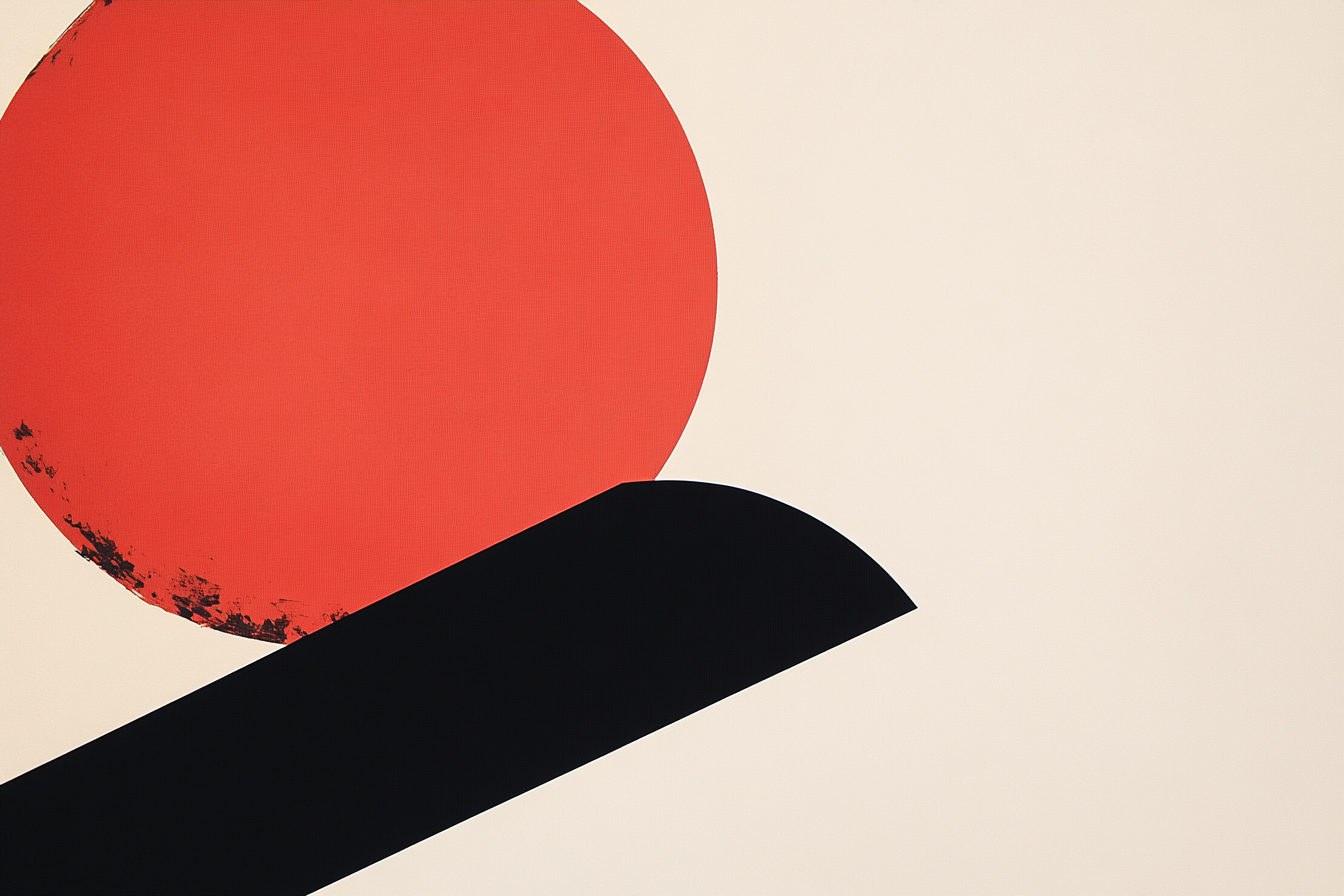
MidJourney, headquartered in San Francisco, California, is a leading independent research lab focused on generative artificial intelligence for visual creativity. Founded in 2022 by David Holz, co-founder of Leap Motion, the company quickly rose to prominence by offering one of the most widely used AI art platforms in the world. Unlike frontier labs developing foundation models across multiple modalities, MidJourney has specialized in image generation, carving out a unique role in the creative economy.
The company’s product, also named MidJourney, allows users to generate highly detailed images from text prompts using its proprietary diffusion-based models. Unlike many competitors, MidJourney operates primarily through a Discord-based interface, fostering a strong community of millions of users who share prompts, outputs, and creative techniques in real time. This community-driven approach has made MidJourney not just a tool but a cultural phenomenon, with generated art influencing design, advertising, social media, and even fashion.
MidJourney is notable for prioritizing artistic control and aesthetics. Its models are fine-tuned to produce visually striking results, often with a painterly, surreal, or cinematic style that distinguishes its outputs from other platforms such as Stability AI’s Stable Diffusion or OpenAI’s DALL·E. Iterative updates, released as numbered versions, have steadily increased fidelity, realism, and stylistic range, attracting both hobbyists and professional creators.
The platform has also sparked debates around authorship, intellectual property, and the boundaries of human versus machine creativity. While MidJourney does not disclose its training data in detail, it emphasizes responsible innovation and community guidelines to reduce misuse.
By 2025, MidJourney had become a cornerstone of the generative art movement, widely adopted by designers, entrepreneurs, and creative communities worldwide. Under the leadership of David Holz, the company continues to refine its models and explore new frontiers in human–AI collaboration, cementing its status as a democratizer of visual creativity in the age of AI.